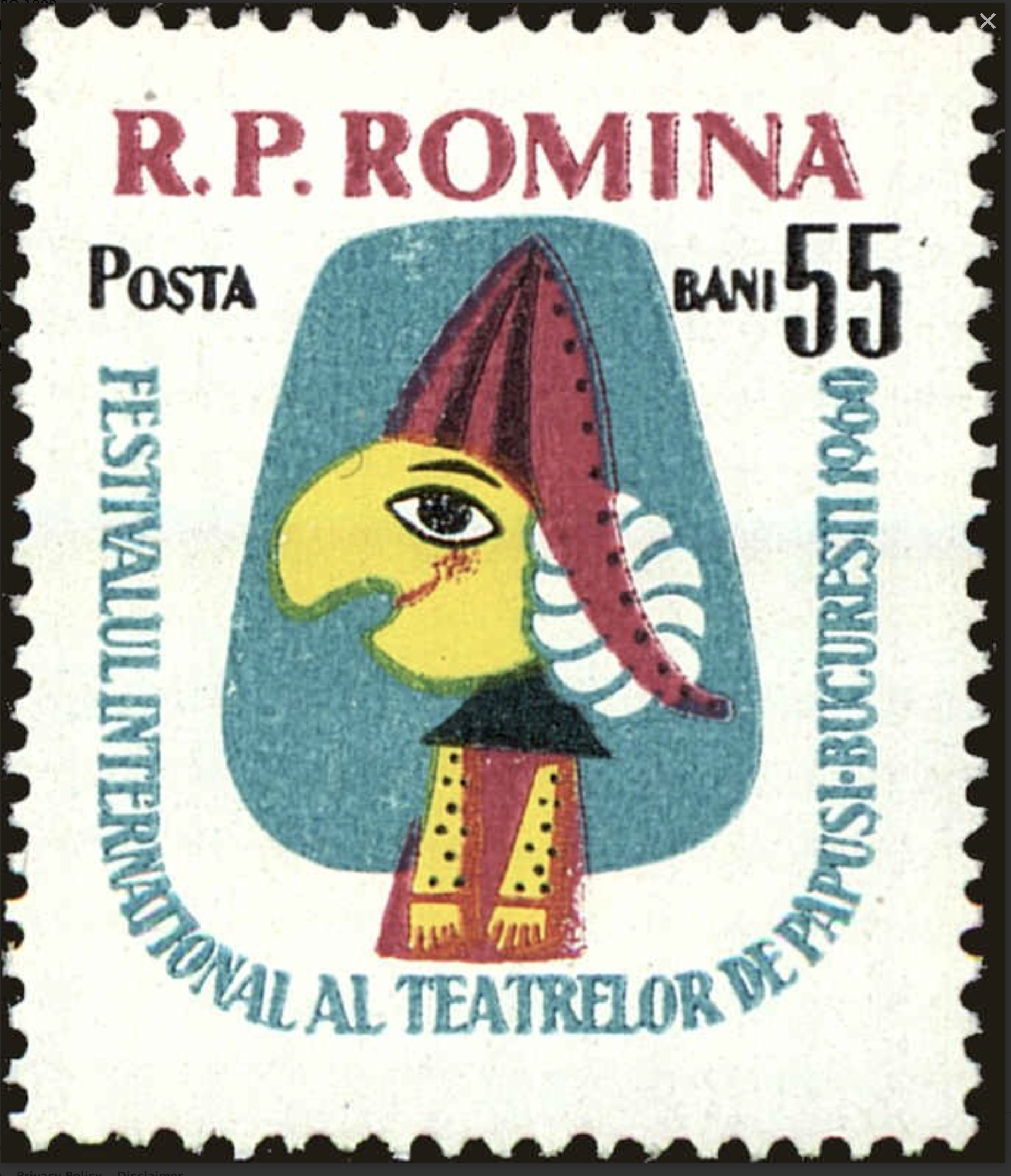Germany, Democratic Republic (DDR) #720a (1964) – Leipzig Fair, 1964 – Jena Glass
$4.00
Germany, Democratic Republic (DDR) #720a (1964) – Leipzig Fair, 1964 – Jena Glass
Description
Germany, Democratic Republic (DDR) #720a (1964) – Leipzig Fair, 1964 – Jena Glass
Pair: #719-720 and label
Medieval Glazier and Goblet, Jena glass for the German Chemical Industry
In 1964, Leipzig was part of East Germany (German Democratic Republic). This was during the Cold War when Germany was divided into two separate states: West Germany (Federal Republic of Germany) and East Germany. The city of Leipzig played a significant role in the political, economic, and cultural life of East Germany.
A few notable aspects of Leipzig in 1964 include:
- Political Context: East Germany was under the control of the Socialist Unity Party (SED), and Leipzig, like other cities in the region, was subject to the policies of the East German government.
- Economic Activities: Leipzig was an important industrial and trade center in East Germany. The Leipzig Trade Fair (Leipziger Messe) was a major event showcasing industrial and consumer goods. The trade fairs were not only economic events but also had political significance, serving as a platform for East Germany to demonstrate its achievements and products to the world.
- Cultural Scene: Leipzig has a rich cultural history, particularly in music and literature. The city is famous for its musical heritage, with renowned figures such as Johann Sebastian Bach associated with Leipzig. The Leipzig Opera and Gewandhaus Orchestra have been central to the city’s cultural life.
- Leipzig University: The University of Leipzig, founded in 1409, has been a key institution in the city. During the GDR era, universities were subject to state control and ideological influence.
- Cityscape: The city’s architecture and infrastructure reflected the style of the time, with buildings often constructed in the socialist realist style favored by the authorities.
Jena Glass
Jena glass refers to glassware produced in the city of Jena in Thuringia, Germany. Jena has a long history of glassmaking, and the region became particularly famous for its contributions to the development of scientific and laboratory glassware.
One of the most well-known products associated with Jena glass is borosilicate glass, a type of glass with a low coefficient of thermal expansion. This type of glass is resistant to thermal shock and is commonly used in laboratory glassware, including beakers, test tubes, and other scientific instruments. Borosilicate glass is also known for its transparency and durability.
The brand Schott AG, founded in Jena in 1884 by Otto Schott, Ernst Abbe, and Carl Zeiss, played a significant role in the development and commercialization of borosilicate glass. The company became a leading producer of specialty glass and materials for various industries, including optics, electronics, and pharmaceuticals.
One of the most iconic products made from Jena glass is the “Jenaer Glas” line of kitchenware. This line includes heat-resistant glass products suitable for cooking, baking, and serving. The Jenaer Glas products gained popularity for their versatility and durability.
It’s worth noting that while Jena glass is associated with scientific and kitchenware, the term is sometimes used more broadly to refer to glassware produced in the region, including decorative and household items. The legacy of Jena glass continues to be recognized for its contributions to both scientific and domestic applications.
Ready to ship in 3-5 business days from United States (US)
Additional information
| Weight | 0.0149 lbs |
|---|---|
| Condition | |
| Country | |
| Scott Number | |
| Stamp Format | |
| Stamp Type | |
| Year of Issue |













